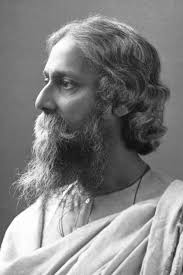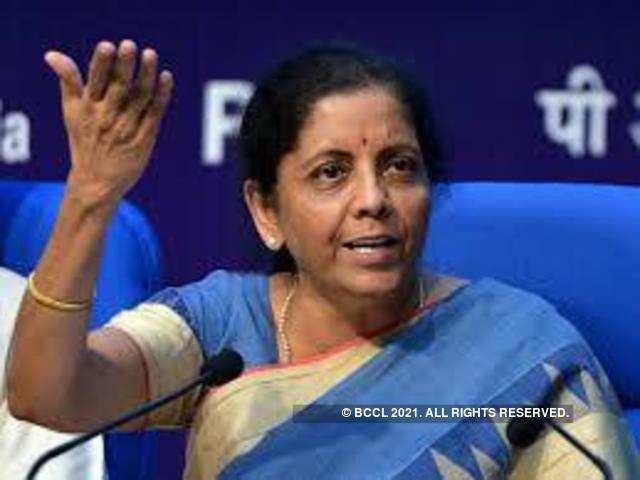National Insignia of India GK Material PDF Download
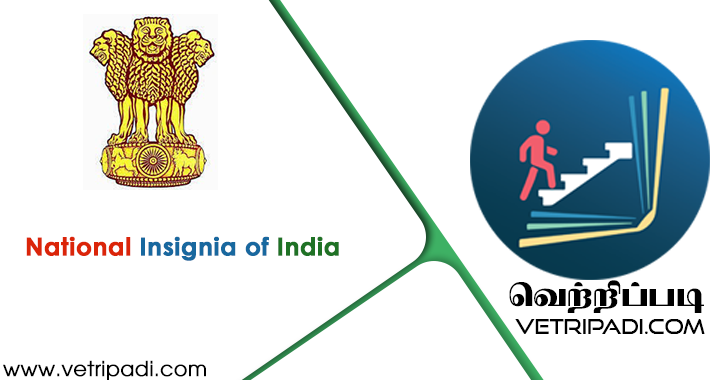
National Flag
The national flag was adopted by the constituent assembly of India on 22nd July 1947, and presented to the nation at the midnight session of the Assembly on 14 August 1947, on behalf of the women of India. The flag was unfurled on Parliament House.
BACKGROUND
The tricolour flag was first born in the All India Congress Committee (AICC) meeting at Bezwada in 1912, when a flag was shown by an Andhra youth and improved by Mahatma Gandhi with the addition of a white band and chakra.
DIMENSION
The ratio of the width (proportion) of the flag to its length is 2:3. All the three bands are of equal width with deep saffron at the top, white in the middle and dark green at the bottom.
WHEEL (CHAKRA)
In the centre of the white band is a wheel in navy blue colour. The design of the wheel is that of the abacus of the Srinath Lion Capitol. Its diameter approximates the width of the white band and it has 24 spokes.
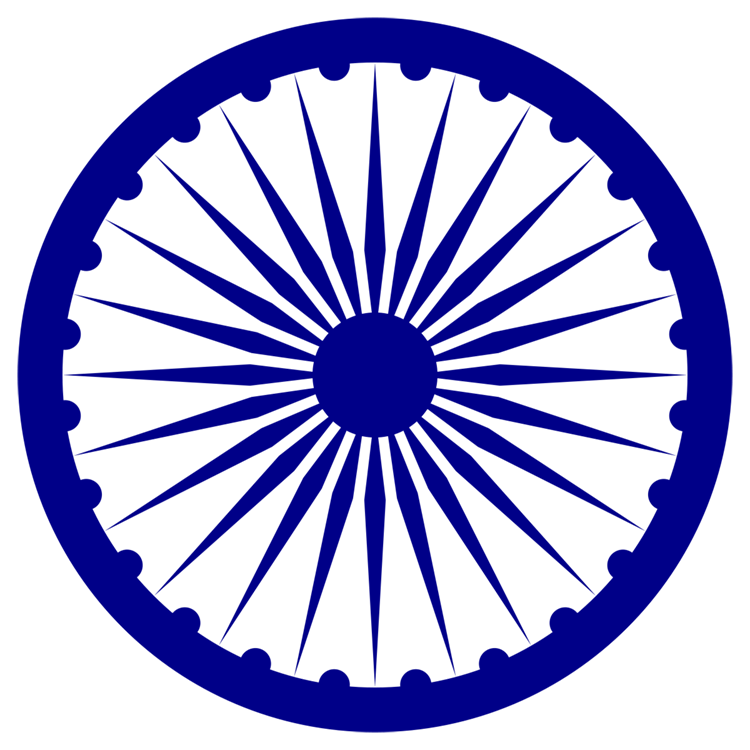
Significance of Colours
Saffron : Signifies courage and sacrifice
White : Signifies truth and peace
Green : Signifies faith and chivalry
The wheel symbolizes India’s ancient culture, dynamism and peaceful change, and is adopted from the Dharma Chakra of Emperor Ashoka. Even an unusable national flag cannot be destroyed. There is a code as to how to put aside the unusable national flag prescribed by the government.
National Emblem

The national emblem and seal of the Government of India is a replica of the Capitol of Ashoka’s Pillar at Sarnath. In the original capitol of the stone pillar four lions are carved outstanding back to back. In the emblem, however, only three lions are visible as it appears in print, the fourth one remains hidden from the view. The capitol is mounted on an abacus (base plate). There is a dharma chakra in the centre of the base plate, on the right of which is a figure of a bull and on the left that of a horse. There is an inscription in Devanagari script, a quotation from the Mundak Upanishad below the base plate which reads ‘Satya Meva Jayate’, which means ‘Truth alone triumphs’.
BACKGROUND
The original Lioned Capital of the Ashoka Pillars was designed between 242 and 232 BC to hallow the spot where Buddha first initiated his disciples into the eightfold salvation. The national emblem was adopted by the Government of India on 26 January 1950.
National Anthem (Jana Gana Mana)
| Composer : | Rabindranath Tagore in 1911
|
| First Sung : | 27 December 1911, during the Indian National Congress Session at Kolkata |
| When Adopted : | 24 January 1950, by the constituent assembly of India. |
| English Translation : | Rendered by Tagore himself in 1919, under the title ‘Morning Song of India’. |
BACKGROUND
It was originally composed in Bengali language and first published in January 1912, under the title ‘Bharat Vidhata’ in Tatva-Bodhini Patrika edited by Tagore himself. The complete song consists of five stanzas. However, the first stanza has been adopted by the defence forces of India to be sung on all ceremonial occasions and it constitutes the full version of the national anthem.
PLAYING TIME
About 52 seconds for the full version. However, a shorter version comprising the first and the last lines of the stanza has a playing time of 20 seconds and is played on ceremonial occasions.
National Song (Vande Mataram)
COMPOSER
Bankim Chandra Chatterjee First sung: 1896 session of Indian National Congress.
WHEN ADOPTED 24 January 1950, along with the national anthem. English Translation: Rendered by Sri Aurobindo.
BACKGROUND
Both the national song and the national anthem were adopted together and have equal status. It has been taken from Bankim Chandra Chatterjee’s novel Ananda Math published in 1882. It had been a source of inspiration to the people in their struggle for freedom.
National Calendar (Saka)
At the time of independence, the Government of India followed the Gregorian calendar based on the Christian Era. From 22 March 1957 (Saka 1879) a unified Indian national calendar to be used for official purposes was introduced based on the Saka era which began with vernal equinox of AD 78. Chaitra is the first month and Phalguna is the last month of the Saka year. The normal Saka year has 365 days and the dates of the Saka year have permanent correspondence with the dates of the Gregorian calendar. Chaitra 1 falls on 22 March in a normal year and on 21 March in a leap year.
USE OF NATIONAL CALENDAR
The national calendar is used for the following official purposes of the Government of India, they are listed hereunder.
- Gazette of India
- News broadcasts Akashwani
- Communications addressed to the public by the Government of India
It is issued by the Government of India.
National Animal
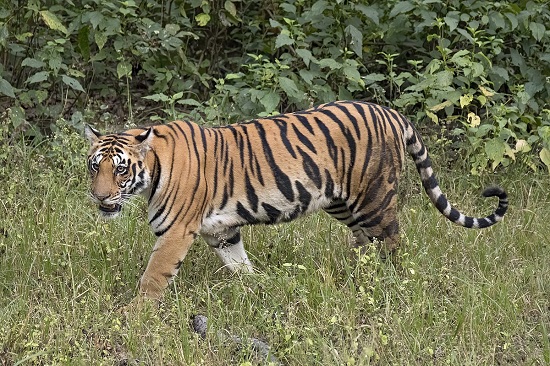
Since November 1972 the tiger (Panthera Tigris) has been adopted as the national animal.
Project Tiger: To check the dwindling tiger population in India. ‘ProjectTiger’ was launched in April 1973. At the moment, there are 27 tiger reserves in India spread in an area of 3776 km2.
National Bird
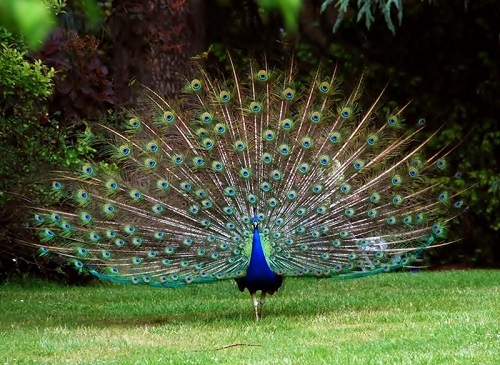
Peacock (Pavo cristatus): It is fully protected under the Indian Wildlife (Protection) Act, 1972. Adopted as the national bird in 1964, its hunting has since then been banned.
National Flower, National Tree and National Fruit
NATIONAL FLOWER
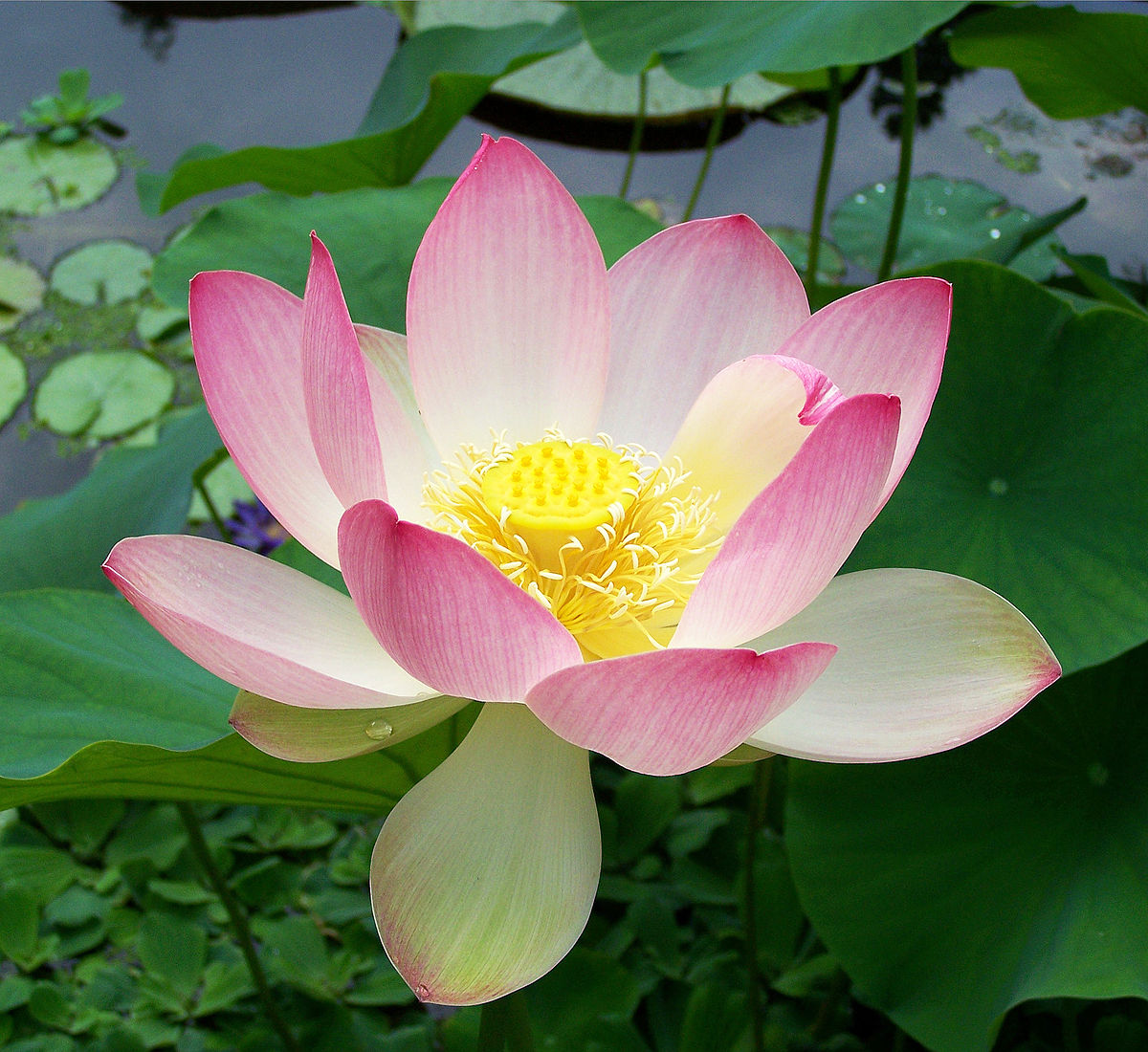
Lotus (Nelumbo nucifera). It has been an auspicious symbol of Indian culture since time immemorial
NATIONAL TREE
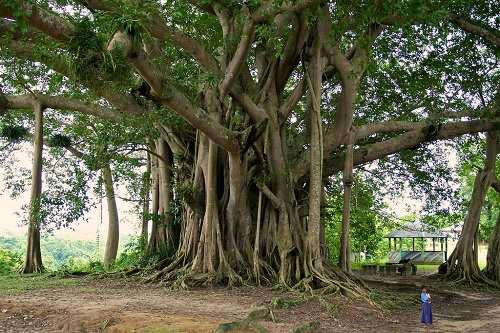
The banyan tree (Ficus benghalensis). It has the widest reaching roots of all known trees, easily covering several acres.
NATIONAL FRUIT
Mango (Manigifera indica). It is cultivated throughout India (with exception of hilly areas) since time immemorial.
National Language
Hindi is the official language of the Government of India. Besides Hindi, 17 other regional languages have also been recognized in the Constitution of India.
National Day
| National Day | Date and Month | Remarks |
| Independence | 15 August | India achieved |
| Day | Independence on this day in 1947 | |
| Republic Day | 26 January | India became a Republic on this day in 1950 |
| Martyr’s Day | 30 January | Mahatma Gandhi was assassinated on this day in 1948 |
| Teachers’ Day | 5 September | Birthday of Dr S. Radhakrishnan, first Vice-President of India |
| Children’s Day | 14 November | Birthday of Pandit Jawaharlal Nehru |
| Gandhi Jayanti | 2 October | Birthday of Mahatma Gandhi |
Other Important Days
|
Important Days |
Date and Month |
| National youth day | 12th January |
| Army Day | 15th January |
| National Science Day | 28th February |
| National Maritime Day | 5th April |
| Quit India Day | 9th August |
| Air Force Day | 8th October |
| National Rededication Day | 31th October |
| National Integration Day | 9th November |
| Flag Day | 7th December |
| Navy Day 4 | 4th December |

